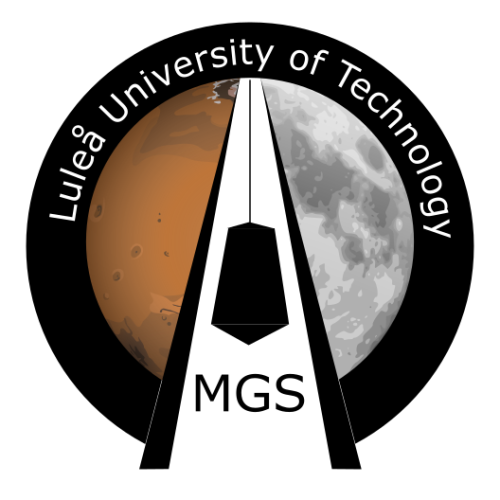Former Projects
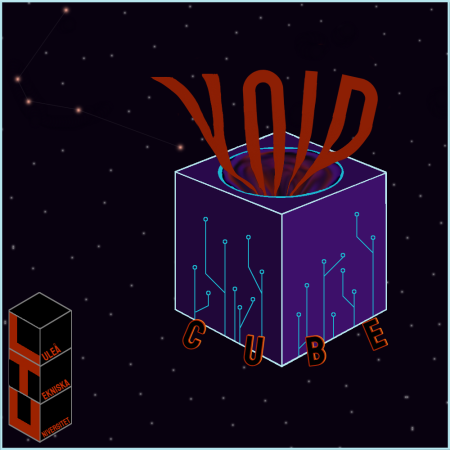
VOIDCUBE
Project VOIDCUBE (Versatile Omnidirectional Interconnected Devices Cube) was started by four students at Luleå University of Technology’s Space Campus in Kiruna, in Swedish Lapland in 2022. The platform created during this project is in the form of an array of cubes, each 1U in size. The cubes are designed to be modular in nature, and each has its specific function, such as a processing cube, a power cube, a structure cube, and more. There are connection interfaces on each of a cube’s six sides, each allowing for four connection orientations. When cubes are connected, they are able to transfer power and data between each other. This design allows for a highly versatile and modular platform to suit multiple space applications.
ARNE
ARNE aimed to design and manufacture a wing that stabelizes a 1U sized payload during a fall. The inspiration for this concept came from the maple seed which spins to slow its descent. During the work the work, the team also analysed the possibility to alter the design, so that the wing could be deployed instead of remaining fixed.
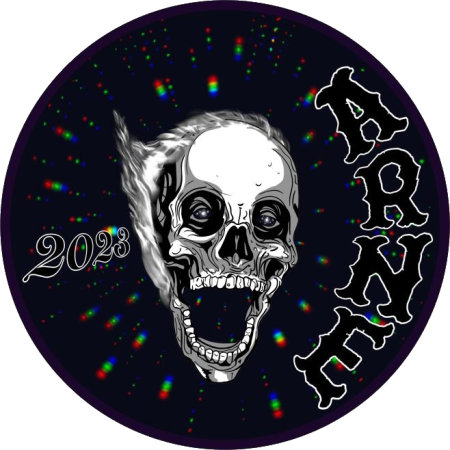
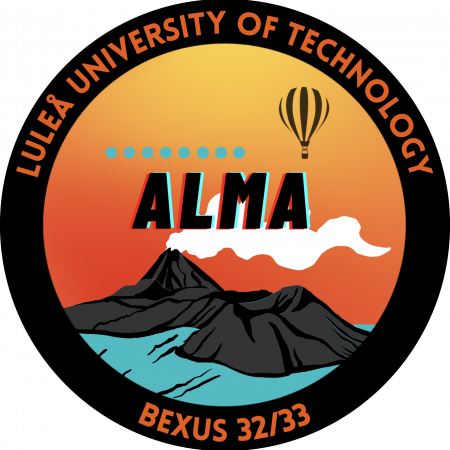
ALMA
The main purpose of the Atmospheric Laser Measurement of Aerosols (ALMA) project is atmospheric research in the Norbotten area. We are looking into finding a correlation between density, size and composition of aerosols in the troposphere and stratosphere and the global volcanic activity, especially after the eruption of the volcano in La Palma. In this study, the anticipated results include higher concentrations of sulphur dioxide aerosols while the ozone levels in the atmospheric composition are reduced. This data will then be compared with previous databases from Sentinel 5p, OMI and OMPS missions in order to find the above-mentioned correlation and characterise our results. Project ALMA was encouraged by a natural event that cannot be predicted and which causes worldwide effects even after a longer period of time. As such we are looking into acquiring new skills and knowledge, while providing new information regarding environmental impacts after volcanic eruptions.
HAMMER
HAMMER, High Applicability of Magnetic Motion Experimental Research, is a multinational fundamental research project conducted by students from Luleå University of Technology, LTU, Sweden. The aim of the project is to investigate the applicability of ferrofluids and other fluids, that are susceptible to electro-magnetic fields, in space applications. The project started in October of 2021 and consists of 18 highly motivated students from 7 different nations all over the globe.
The field of ferrofluids and their application in space is an area in which there is currently much exciting new ground being broken. HAMMER aims to contribute to this and develop into continuous projects for this field of study for LTU and their future research. This project aims to evolve from experiments around the manipulation of ferrofluids on the ground to conducting more on various different platforms, Such as microgravity capable drop towers, parabolic flights,
sounding rockets, free falling units etc. These are considered the most practical and informative methods to investigate the fluid behaviour in microgravity environments and space conditions.
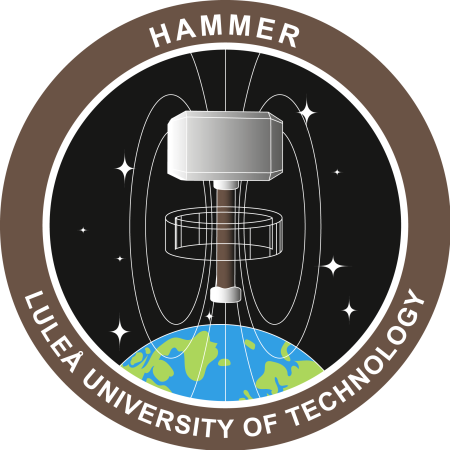
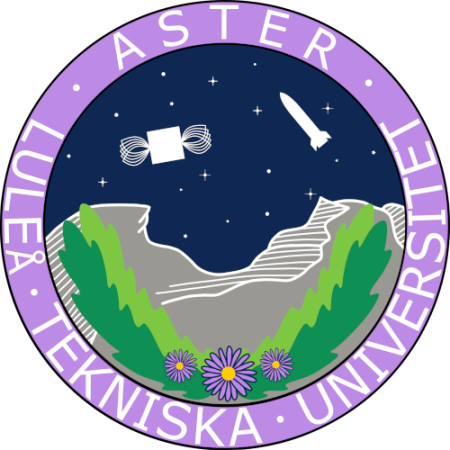
ASTER
The goal of ASTER is to develop a fast, low-cost, and easy to integrate attitude control system for free falling experiments which have been ejected from sounding rockets. ASTER is currently being developed as part of the 13th Cycle of the German-Swedish student programme REXUS/BEXUS and is scheduled to fly on REXUS-30 launched from Esrange Space Center in March 2022.
The project successfully completed its IPR in August 2020, and is now busy integrating and testing their hardware, while looking forward to the Experiment Acceptance Review later on in the year. The proposed design uses three reaction wheels to quickly stabilise or rotate the experiment. The system is also designed to be easily adaptable in order to accommodate future experiments.
MGS
The goal of the Multi-Gravity Simulator (MGS) Project is to design and build a classroom sized drop tower. In particular, the project aims at providing a reliable platform for other student projects to conduct experiments in a microgravity environment at a high repetition rate and low cost. Furthermore, the system will be able to simulate other gravity conditions such as the ones of the Moon or Mars. The system will be able to host a payload with a volume of 1U (10cm x 10cm x 10cm) and a mass of up to 2 kg. MGS is planning to move quickly with a small team divided into interdisciplinary departments that will work in coordination: Actuators, Capsule, and Mechanical Structure. The drop tower will serve as a technology demonstrator for a larger scale project to be built at LTU as the next iteration and will be used for educational purposes.
